*By Charmaine Noronha*
Nestled in the heart of the eastern Caribbean, Martinique rises from the sea with her majestic volcanic peaks. Known as the “Isle of Flowers,” this rugged French island is a verdant paradise of wild blooms, lush tropical rainforests, and pristine white sandy beaches offering up sun-dappled turquoise waters. Martinique paints a tapestry of natural beauty with a landmass of 40 percent forests, providing a breathtaking backdrop for a rich cross-cultural experience that blends its French, African, Indian, Caribbean and Creole roots into a potent melange.
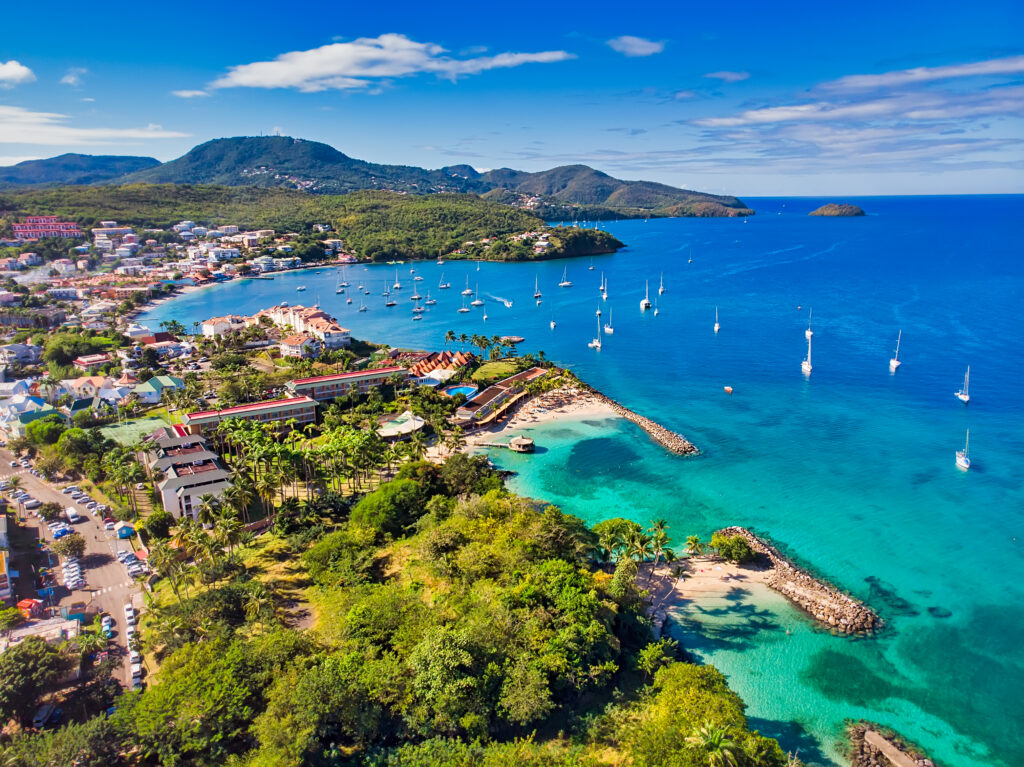
With Air Canada launching direct flights from Toronto this month, travel to the sunny snowbird destination was never easier. For those who frequent the Caribbean in search of a vitamin D hit during our dreary winter months, Martinique lends itself to a more authentic and exploratory travel experience since it’s not overrun by massive cookie-cutter resorts. Guests can instead choose from a bevy of boutique hotels or AirBnbs to enable travellers to explore all that the bountiful island has to offer, unlike most Caribbean islands, which sometimes feel inundated by all-inclusive resorts. If you’re intrigued, read on to discover all that the island has to offer!
Check In At La Suite Villa
Overlooking the bay of Fort de France, this hillside hotel comes with sweeping views, best enjoyed from your en suite private jacuzzi, which is the perfect way to end a long travel day. The colourful 5-star hotel houses nine garden-facing villas and six sea-view suites surrounded by greenery, capped with an infinity pool. Veering away from the more traditional French colonial style of many Martinique hotels, La Suite Villa charms with barrel-tile roofs, colourful eccentric accents throughout and is adorned with artwork from local artists. Don’t miss out on sipping a rum punch on the terrace of its in-house restaurant, Le Zandoli, to watch as the sun descends over the island.
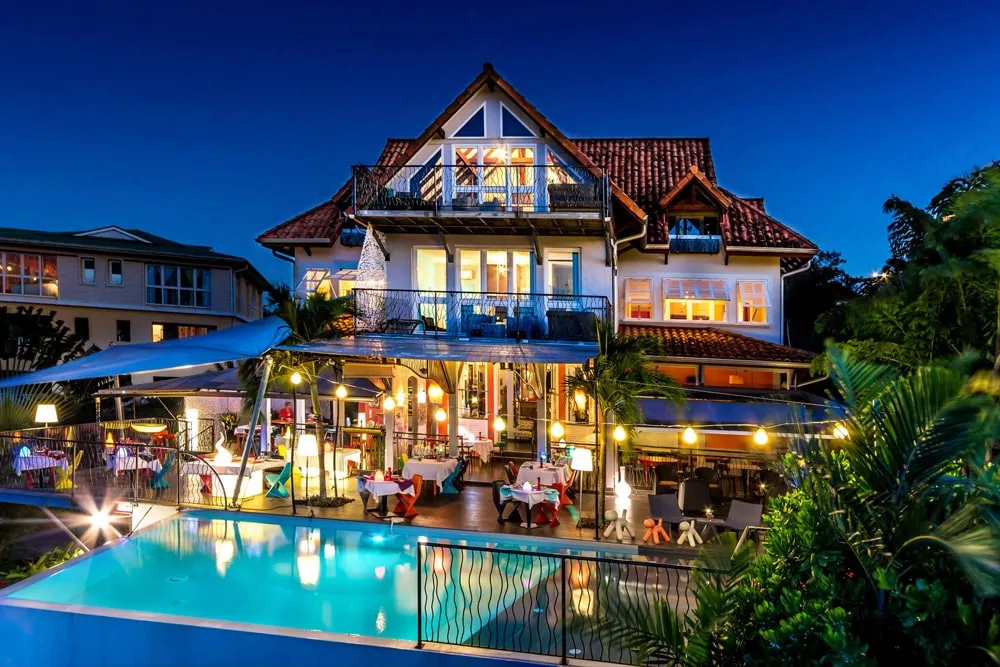
Visit La Savane des Esclaves In Les Trois Ilets
Set amongst beautiful flora and fauna, this site captures 400 years of history in Martinique. Gilbert Larose, a Martinican passionate about the island’s past, developed this open-air museum to educate visitors about the way of life of the Amerindians before the arrival of the Europeans, the horrific practice of slavery, and eventually, abolition.
The Dutch, English, Portuguese and French fought over Martinique before total control was traded to France in 1815. When sugar prices rose, sugarcane was established as the main crop and slaves were brought over from Africa to work in the fields. By 1736, 60,000 slaves were transported over from Africa, increasing the island’s African population to 16 percent by the end of the year. The French government abolished slavery in 1848.
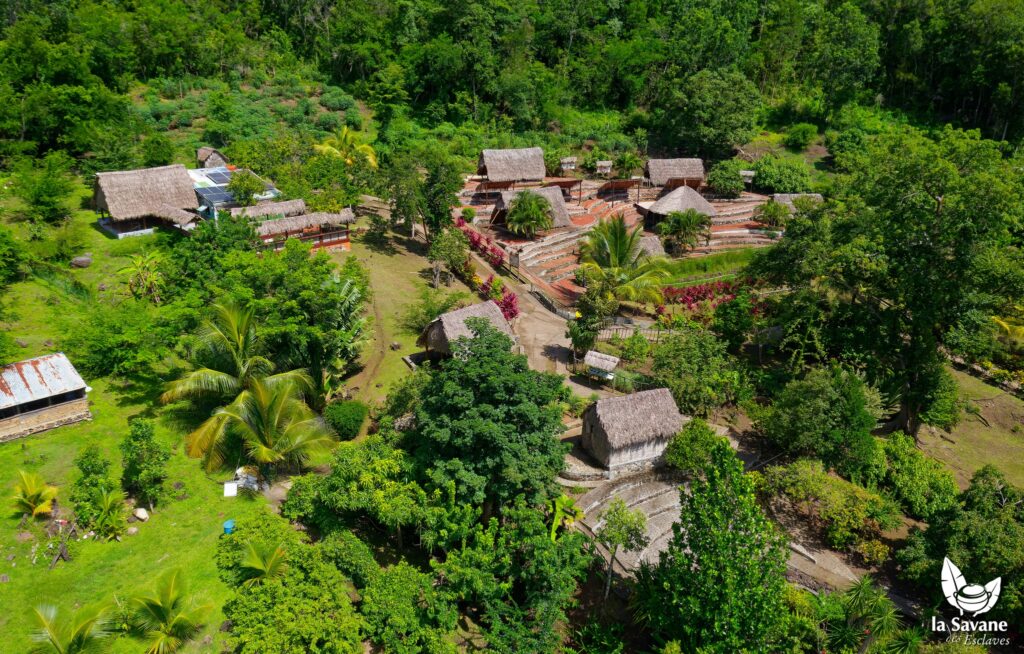
Larose reconstructed huts in the same manner they were built originally by slaves. Each hut tells the dark tale of slavery. The site lays out the importation of slaves, how they were brutally auctioned off, their treatment and punishment and more. While it’s a sombre experience, it’s massively important to know a place’s past to better understand its present but more importantly, its people.
Explore L’habitation Céron Au Prêcheur
While you didn’t fall through a rabbit hole, you might feel like Alice in Wonderland wandering through this enchanted forest. The site of a former sugar factory built in the early days of colonisation in 1685, this privately owned massive park is located in the town of Prêcheur.
Strolling through the lush tropical forest, which pops with colour from hibiscus and banana flowers and balisiers, feels magical. Wander across babbling brooks and rivers, past mini waterfalls before stopping before the majestic Zamana, which is more than 150 years old, covering almost a hectare of land. It was named the most beautiful tree in France in 2016, and Martinique is still considered part of the European country.
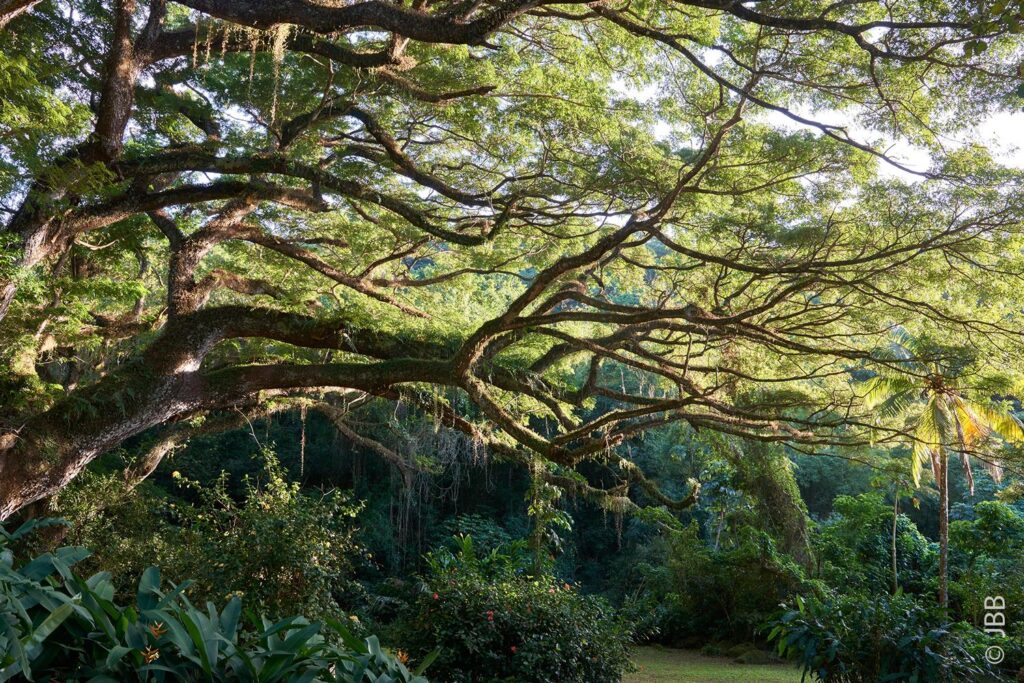
Formerly a place to grow coffee, cocoa, cassava, sugar, and banana, the site was partially destroyed by the eruption of Mount Pelee in 1902. Vestiges of its sugar past are still present because some buildings have withstood the volcanic overflow, however, it’s now primarily a tropical garden with a restaurant on site.
The private owners of the grounds are dedicated to agrotourism. They have created crayfish basins on site; have cultivated fruit trees; rehabilitated an old cocoa farm by planting cocoa trees (currently more than 2,000); and they use the fruits of this labour to produce delicious chocolates. The grounds are also tilled for ingredients that are used in the onsite restaurant.
Discover Domaine d’Emeraude
Martinique is home to a vast rainforest that covers more than a third of its land area. This lush, tropical forest is home to a wide variety of plant and animal species, including towering trees, colourful birds, and exotic flowers.
Located steps away from Mount Pelée, the Domaine d’Émeraude, in Morne Rouge, is part of this verdant tropical rainforest located in the Regional Natural Park of Martinique. Covering 22 hectares, this vast forest houses thousands of plant species, both endemic and rare.
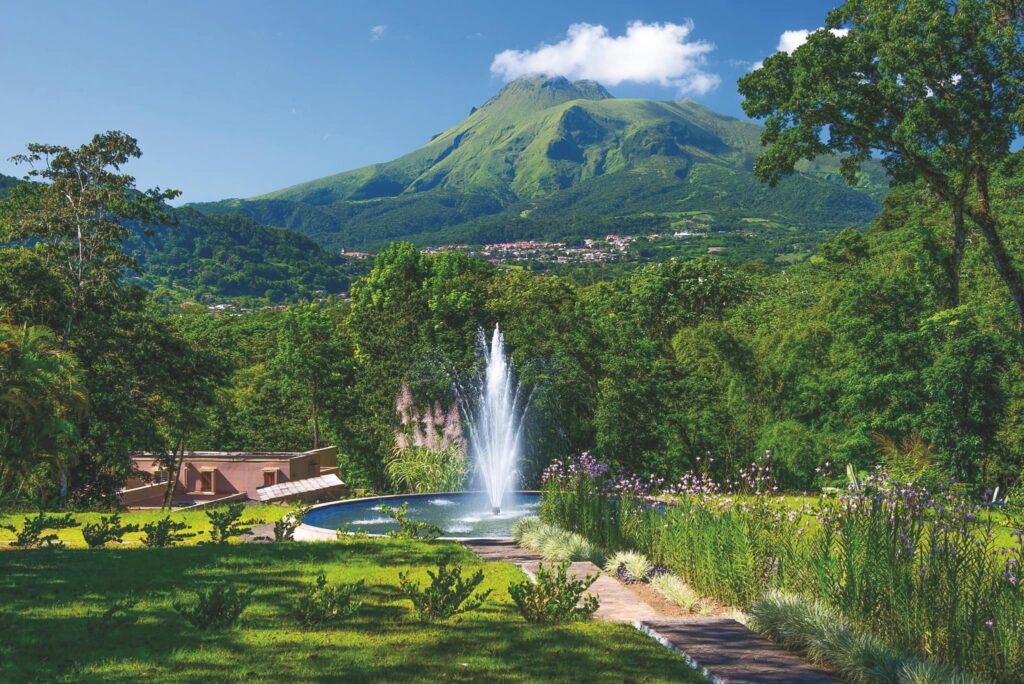
Stroll along the trails with a site guide to learn about the natural history of the island, vegetation, soil formation, wildlife, local flora, biodiversity and about Martinique’s ecosystems.
My guide Gwladys Guillou-Alphonse notes that the park has flourished with 3,600 species of trees, 5,200 plants and 5,000 mushroom varieties. Guillou-Alphonse and a colleague lead the hike through “The Garden of Origins,” where plants used by indigenous populations to heal various health conditions grow.
Along with the beautiful flora and fauna, the site also contains historical background about Martinique and in particular, the island’s Acadian history. Stroll along with both an immersion in nature and history.
Become a Rum Runner
“Who wants to drive?” asks our Trois Rivières rum distillery guide Ralph Couteperoumal. It’s not the usual query posed before a rum tour but Trois Rivières does things a little differently. Tours here begin with an ATV ride through sugarcane plantations that blanket 120 hectares of land on the site’s 600 hectares, also shared with cattle. The tour winds you through the fields of greenery under an unforgiving mid-morning sun, which gives you a small sense of the magnitude of the work required by slaves, and offers a moment of pause to reflect on the utter brutality of being forced to till these fields day in and out for decades. We stop at a point overlooking the iconic Mount Pelee while our guide chats about the landscape and lands.
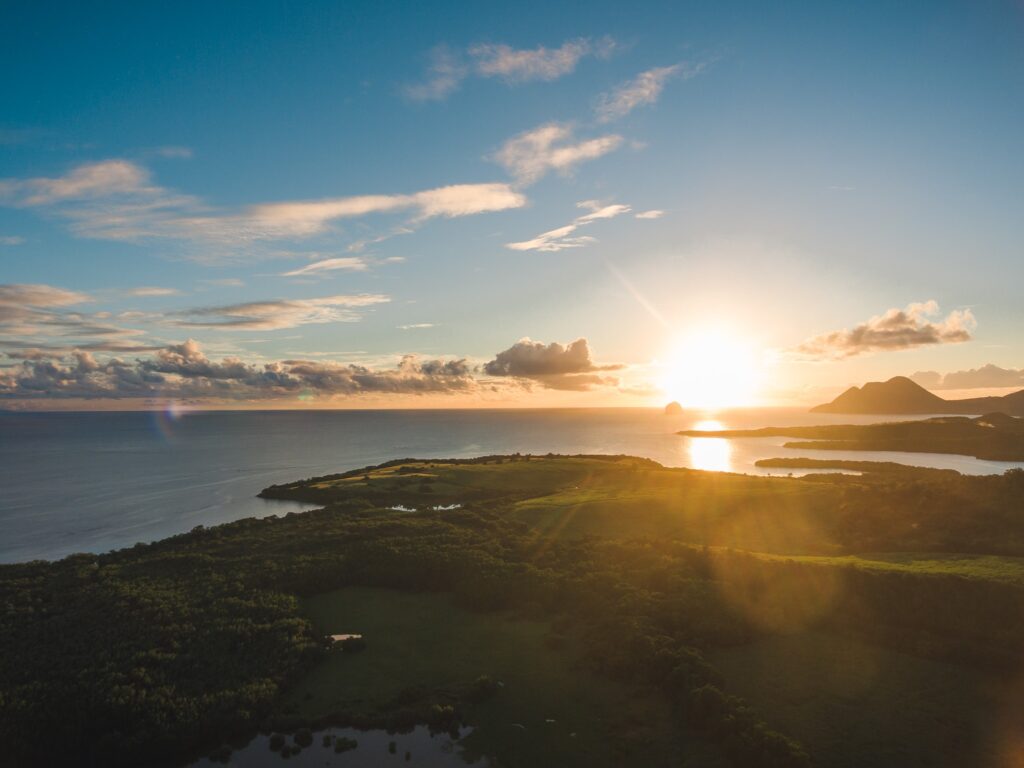
While the distillery is nestled between the Caribbean Sea and the Atlantic Ocean, it’s the famous three rivers – Oman, Bois d’Inde and Saint Pierre – for which the rum was named after. These waters have helped develop the island’s largest and oldest plantation, established in 1660.
Couteperoumal notes that Martinique has 15-20 varieties of sugarcane, including blue sugarcane, which is unique to the French West Indies. He adds that while this was one of the first sugarcane plantations in Martinique, it’s not the first distillery in the French territory. Trois Rivières’s sugarcane plots provide 80 percent of the distillery’s needs. The folks at Trois Rivières harvest the sugarcane on site but the rum is produced offsite.
As we bounce our way back to the distillery, we’re ready for our tastings but first, we gain a little more knowledge about rum production and the site. We watch a multimedia video projected onto fermentation barrels before heading to the beautifully richl tasting room overlooking a lush landscape.
The Trois Rivières distillery creates a varied range of spirits, including white, amber, and old rhums. They’re all produced from freshly ground sugarcane juice fermented using artisanal methods and then distilled in copper column stills. In the last stage, they are matured in French oak barrels.
This is the only rum in the world protected by France’s Appellation d’Origine Contrôlée (AOC), “Rhum de la Martinique.” This gives their rhums their unique flavor.
Sail The Seas
You’d be remiss by not taking to the waters in Martinique, and setting sail on a catamaran is the perfect way to cruise the tepid turquoise seas. Hop on boat for a full day’s tour that comes complete with a deliciously delightful breakfast of fresh fruits and baked goods, a hearty lunch of grilled fish or curry chicken, rum punch and scrumptious snacks galore thanks to our onboard chef.
The blissful day includes sailing towards Diamond Rock, or Rocher du Diamant. Shooting up from the seas at 175 m, the gem-like volcanic structure is considered to be one the island’s iconic sites. While the rock is a refuge for seabirds today, in the past it was the site of clashes between the French and English over control of the Saint-Lucia Channel. Access to Diamond Rock in Martinique isn’t possible but you can marvel at the sun-dappled site from the safety of a boat.
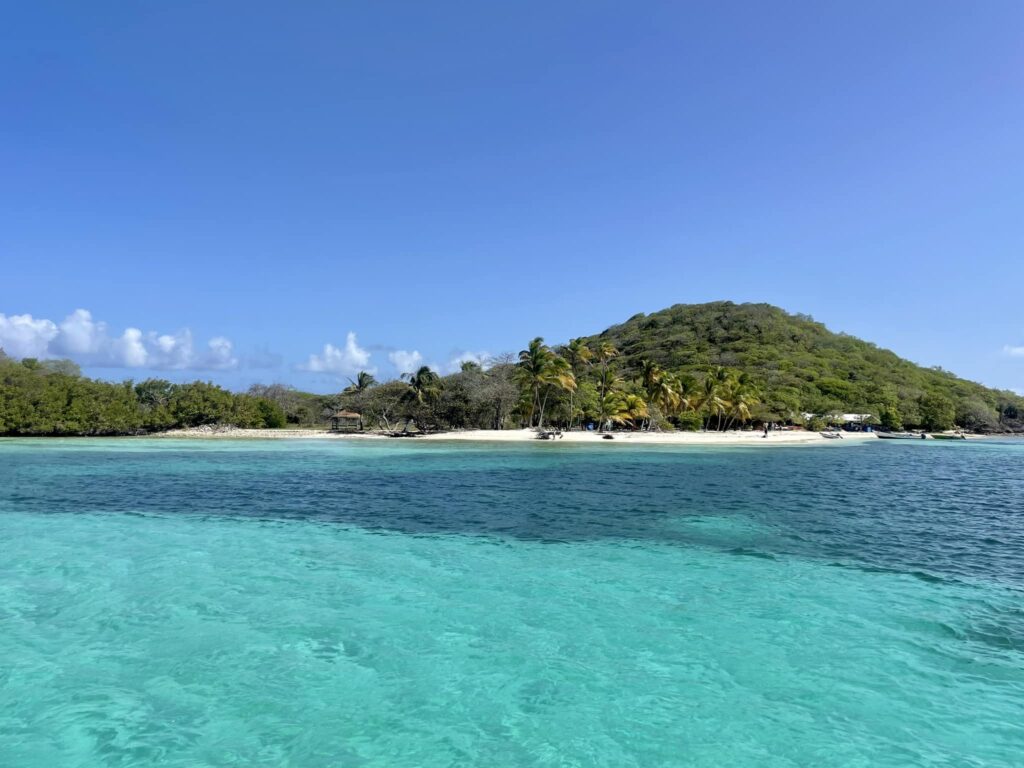
Stop into Les Anses d’Arle, a picturesque fishing village with the stand-out Church of St Henry of Les Anses-d’Arlet, which is undoubtedly one of the most photographed sites in all Martinique! Creole houses line the coast before a soft-sandy beach and pontoons scattered about in the emerald waters.
While this was a sweet stop on our boating adventure, the highlight was witnessing a school of dancing dolphins diving up like synchronised swimmers, along with diving into the blissfully warm ocean, prime for snorkelling and getting up close and personal to the stunning coastline.
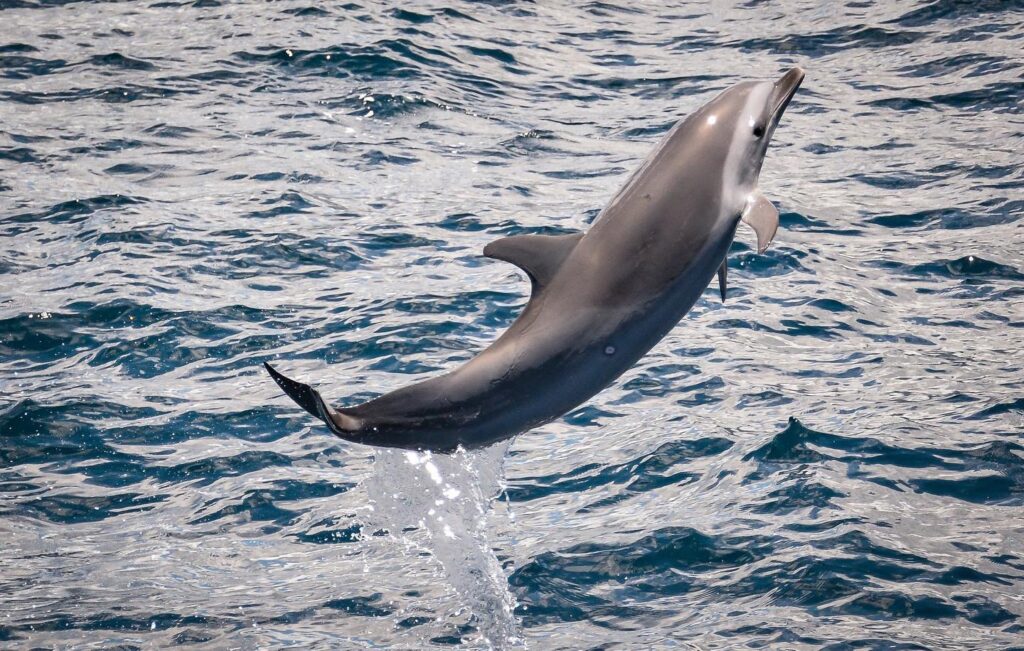
and L’habitation Céron au Prêcheur. And a trip to the island, famous for its award-winning rums, wouldn’t be complete without a rum tasting at one of its several distilleries so I will cover the unique rum tour at Trois Rivieres Rum. Lastly, I’ll include a catamaran adventure that often delights with a show of dancing dolphins in the crystal clear waters and close-ups of a coastline that should be savoured languidly with a glass of rosé. I will also cover the island’s unique history and culture.
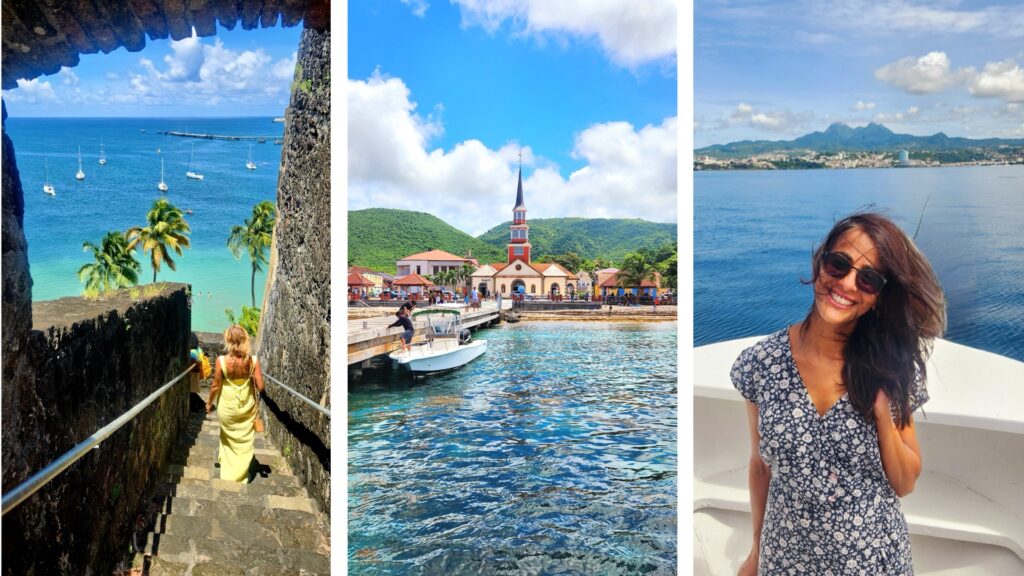
A huge thanks to Martinique Tourism for hosting us on this press trip. As always, reviews and opinions are entirely our own.

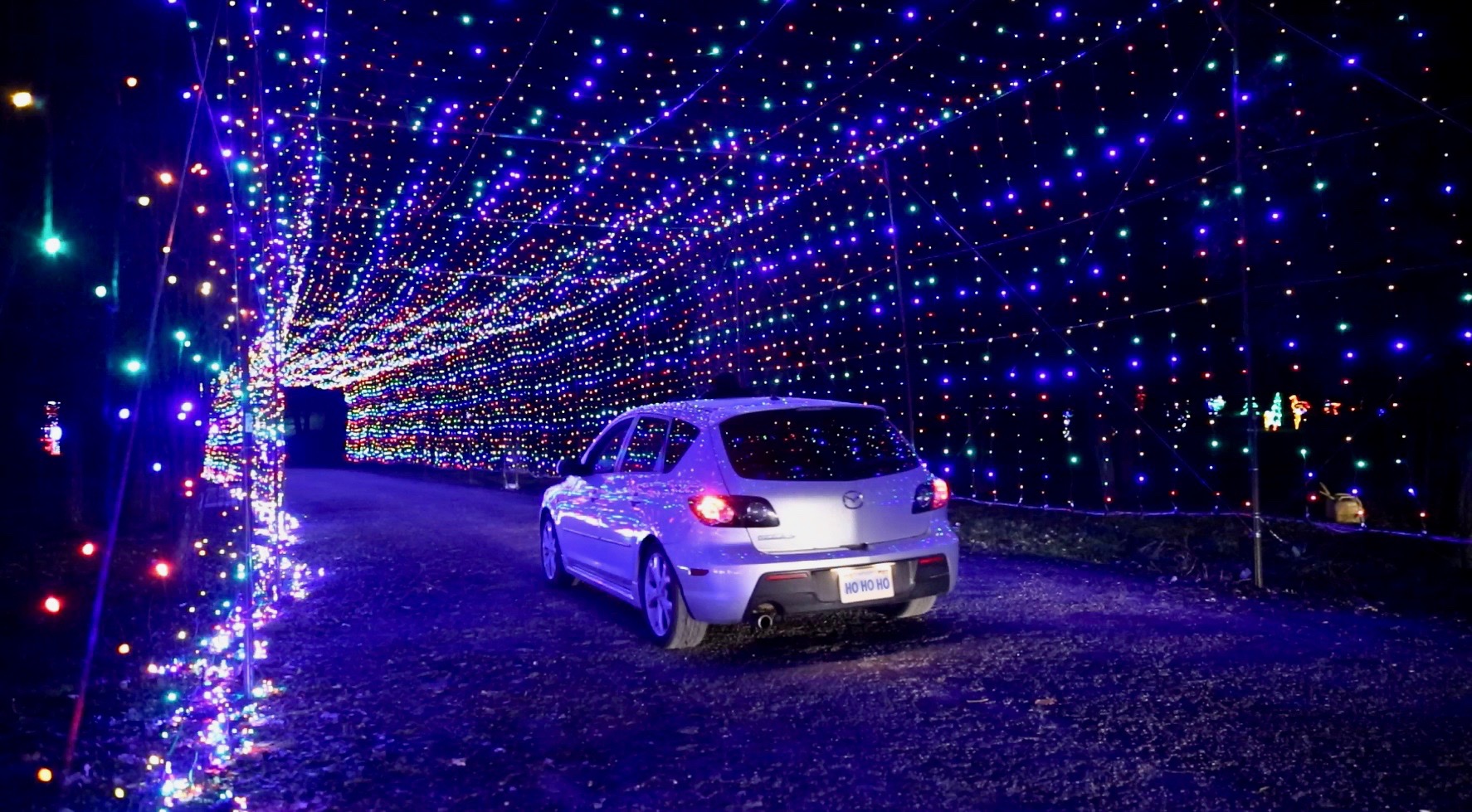


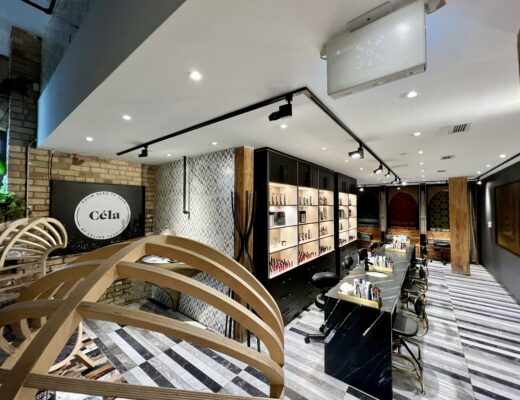
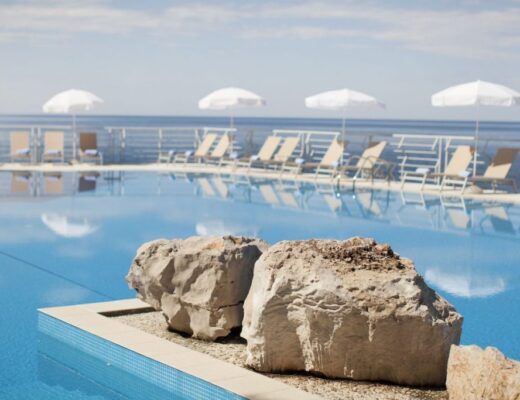
No Comments